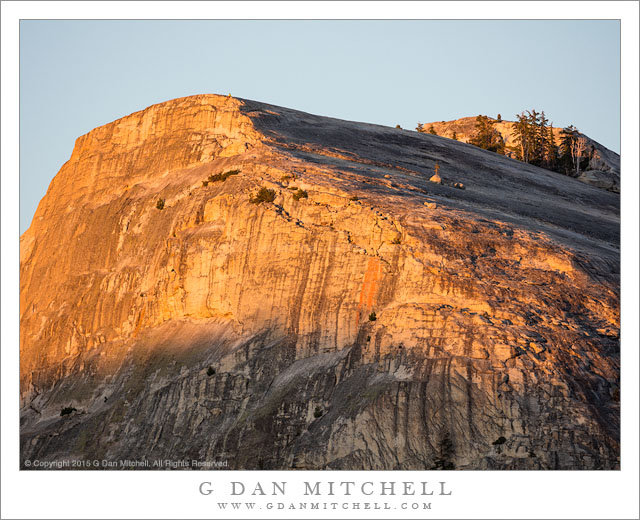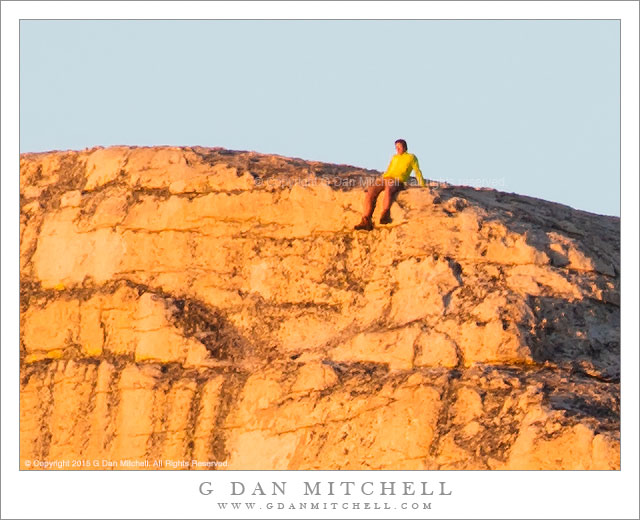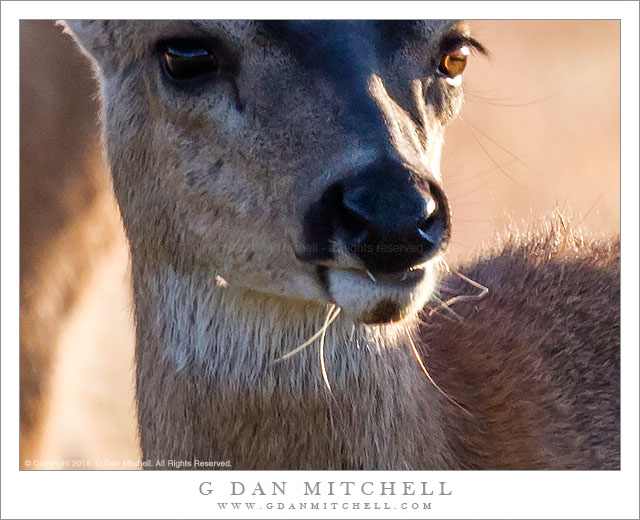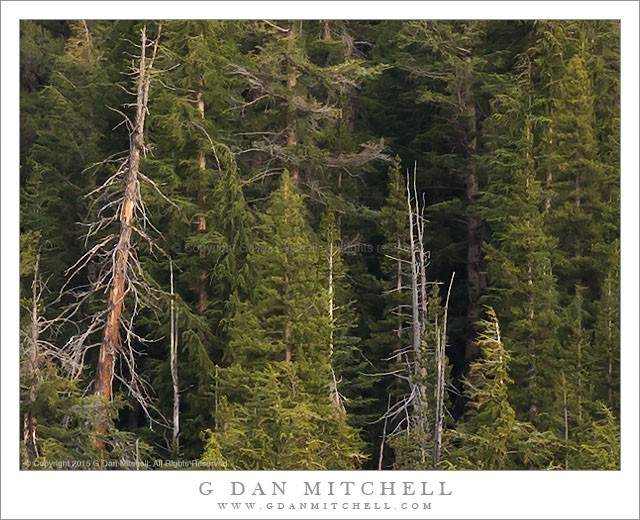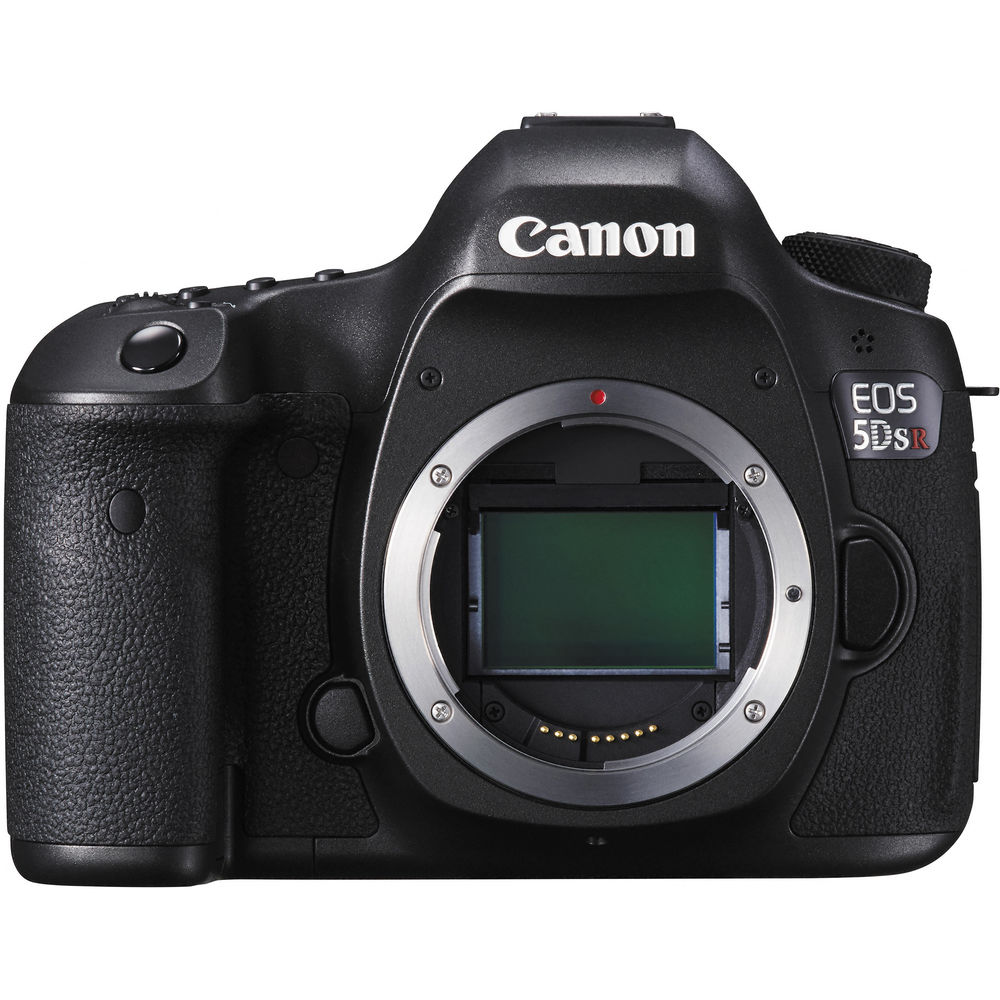Updated August 13, 2015 to add a second dynamic range adjustment example.
Ongoing development and refinement of digital camera technology continues to improve cameras and the technical quality of the images they produce. Color accuracy improves, dynamic range expands, sensor resolution increases, AF accuracy gets better, and so on.
The Canon EOS 5Ds and the Canon EOS 5Ds R continue this process. Their most notable feature is the 50.6 megapixel (MP) sensor, currently the highest sensor photo site density available on full frame digital cameras. (Nikon and Sony both produce 36MP sensor cameras using Sony sensors, and Sony has introduced a camera with a 42MP sensor. Note that the differences between 36MP, 42MP, and 50.6MP are less than you might expect.)
When it comes to dynamic range — the ability of the sensor to record a wide range of luminosity levels from very bright to quite dark in a single exposure — Sony is the current champion, and cameras using their sensors have the largest available dynamic range among comparable cameras. (Some MF cameras have more dynamic range capability than any current full frame camera. )
(All current digital cameras capture images with more dynamic range than we can display on monitors or in prints — the display media cannot keep up with the capture technology. Consequently, the primary advantage of greater dynamic range comes in post-production, where the photographer will find more useful scene data in darker areas that can be “pushed” or otherwise recovered while maintaining useful image quality.)
If you can get more dynamic range without giving up anything else, there is no reason not to have it. In marginal situations, that extra bit of dynamic range might enable you to get a bit more image data in a single exposure, while a photographer with a camera providing less dynamic range is a bit more likely to have to use exposure bracketing or HDR techniques (which combine multiple images in post-production), use a graduated neutral density filter, or possibly find ways to suppress noise in shadow areas of scenes with very wide dynamic range. That said, all current high quality digital cameras capture a wide dynamic range — much larger, for example, that was possible with typical film media. (Note, however, that no currently available full frame camera can capture in a single exposure the largest dynamic range scenes that you may encounter.)
With all of that in mind, I thought I’d share a couple examples of files from the Canon 5Ds R that have been pushed quite a bit. Continue reading The Canon 5Ds R — Dynamic Range Examples

